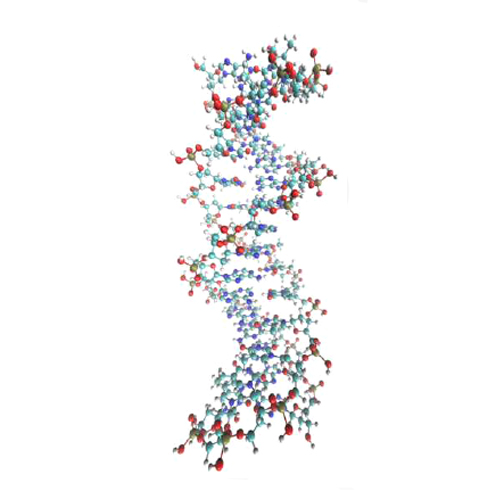Efficient Reduced-Scaling Second-Order Møller−Plesset Perturbation Theory with Cholesky-Decomposed Densities and an Attenuated Coulomb Metric
2020-10-19
Michael Glasbrenner, Daniel Graf, and Christian Ochsenfeld
We present a novel, highly efficient method for the computation of second-order Møller–Plesset perturbation theory (MP2) correlation energies, which uses the resolution of the identity (RI) approximation and local molecular orbitals obtained from a Cholesky decomposition of pseudodensity matrices (CDD), as in the RI-CDD-MP2 method developed previously in our group [Maurer, S. A.; Clin, L.; Ochsenfeld, C. J. Chem. Phys. 2014, 140, 224112]. In addition, we introduce an attenuated Coulomb metric and subsequently redesign the RI-CDD-MP2 method in order to exploit the resulting sparsity in the three-center integrals. Coulomb and exchange energy contributions are computed separately using specialized algorithms. A simple, yet effective integral screening protocol based on Schwarz estimates is used for the MP2 exchange energy. The Coulomb energy computation and the preceding transformations of the three-center integrals are accelerated using a modified version of the natural blocking approach [Jung, Y.; Head-Gordon, M. Phys. Chem. Chem. Phys. 2006, 8, 2831−2840]. Effective subquadratic scaling for a wide range of molecule sizes is demonstrated in test calculations in conjunction with a low prefactor. The method is shown to enable cost-efficient MP2 calculations on large molecular systems with several thousand basis functions.








